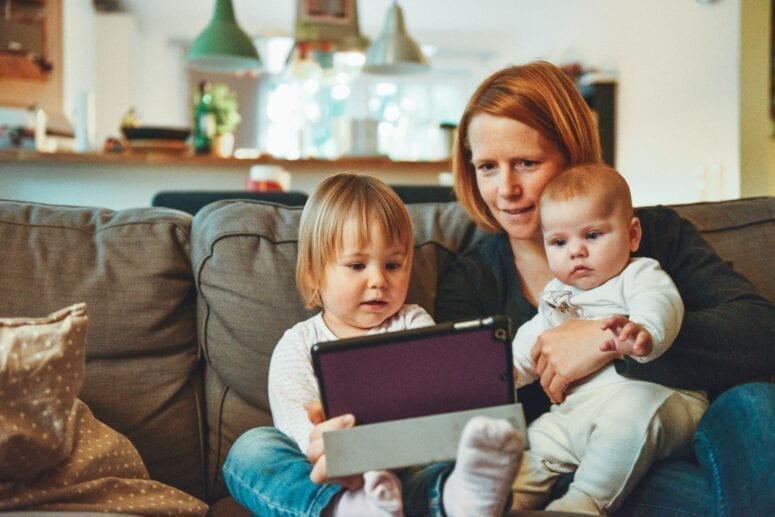
Table of Contents
ABA therapy is often considered the “golden standard” of autism therapy. The scientific approach of ABA therapy is designed to improve specific behaviors and skills in autistic children.
Oftentimes an ABA therapist will suggest some techniques to practice with your autistic child at home to reinforce ABA therapy at home the therapy sessions.
To give you a better understanding of what these techniques entail, we’ve put together a list of some common ABA therapy techniques that you can use at home.
But just a quick note before we start. If you’re already working with an ABA therapist then they’ve no doubt already discussed ABA therapy techniques to use at home. In which case, discuss any changes you want to make or new ideas you have with your therapist first.
First off, what is ABA therapy?
Essentially, ABA therapy focuses on improving specific behaviors and skills in people with autism. This includes social skills, communication and domestic activities.
At a very high level, this is how the process works:
- An ABA therapist identifies a needed skill
- As the child engages in the desired skill or appropriate behavior they gain access to reinforcing items
- Over time, this reinforcement encourages the child to continue engaging in the targeted skills
ABA therapy in the home
As you can see the purpose of ABA therapy is to improve skills and behavior. Therefore, ABA therapy techniques that you are practicing at home should focus on this objective.
Here are some common exercises that many parents find useful and effective to help their autistic child grow.
Sit in the chair
You can incorporate this into daily activities where your child is required to sit in a chair, such as meal times. Sit down and then ask your child to take a seat opposite you, facing your direction. Make it as fun as possible. Provide plenty of praise when this is achieved.
Look at me
This is a good exercise to encourage your child to make and maintain eye contact with you. To do this, use a visual stimuli such as blowing bubbles from your mouth. This can also be incorporated with teaching your child to sit in their chair.
Match the colors
For this exercise, try and use objects around the home that your child is familiar with and recognizes. Examples include toy cars, crayons or socks. Select one item and ask your child to match all the other items that are the same color. Start with colors that are the same shade. As your child develops their skills, incorporate different shades of each color into the activity.
Identify the emotions
This is a great activity for children that struggle with emotion regulation. Print out a range of emojis (such as a smiley, sad, angry, etc.) then place each one face down. Your child then picks up one at a time and has to identify the correct emotion. You can also use this activity to open up broader discussions around their own and other people’s emotions.
Sort household items
This activity requires illustrated boards and cards of rooms in the home and the typical items found in each room. You can find these in most toy stores or online. Your child needs to match each item with each room, which is a great way to build some early level life skills.
Identify the function
Again, this activity requires some materials, which you can either download and print out or buy. Here’s a good example of the type of cards you need for this. Your child then needs to use the context provided on each card, in order to choose the correct object for the function. This helps to develop both their functional skills and their vocabulary.
Remember, positive reinforcement is vital
Modern ABA therapy techniques are all about incorporating fun and stimulating activities into your child’s daily routines (old school ABA techniques like negative reinforcement are no longer used).
For the newly acquired skills and behaviors to stick, you need to use plenty of positive reinforcement. In practice, this can mean lots of different things, such as praise whenever an activity is performed correctly, or giving your child access to reinforcing items, such as favorite toys.
Ultimately, when using ABA therapy techniques at home, experiment with different activities, at different times of the day, with different family members. This will enable you to discover which activities are the most effective and when are the best times to do them.
If you are ready to work with the best ABA therapy provider in New York and New Jersey, give us a call at (732) 402-0297. Our dedicated team is ready to help and we will treat you like family.
- Autism Routine Disruption in Adults: Coping Tips - July 16, 2024
- Autism and Obsession: An Overview - July 16, 2024
- Autism and Taking Clothes Off: Management Tips - July 16, 2024
